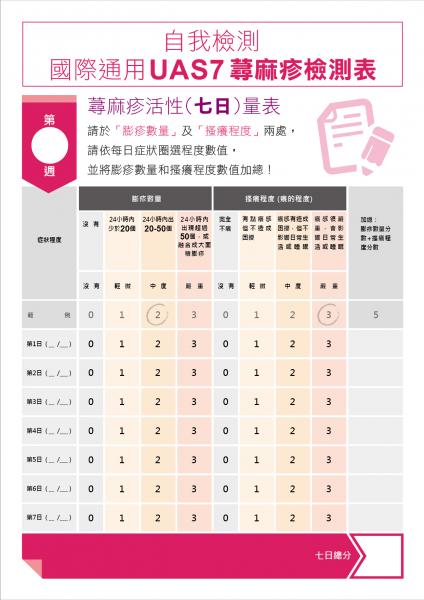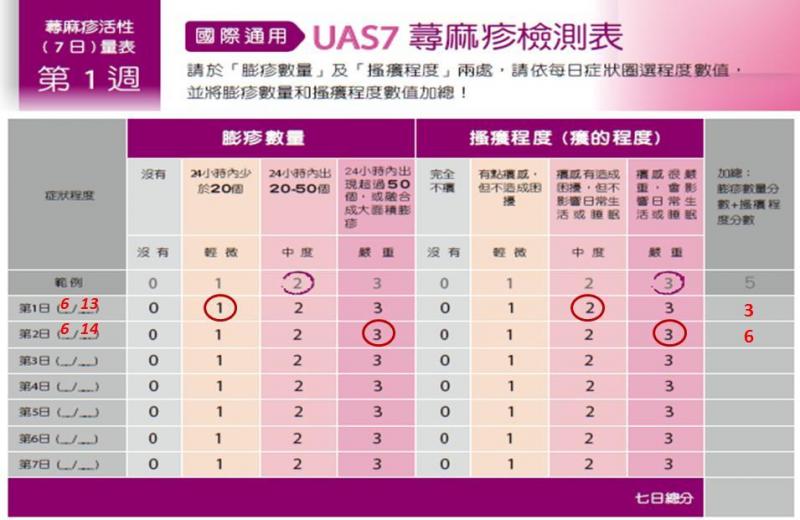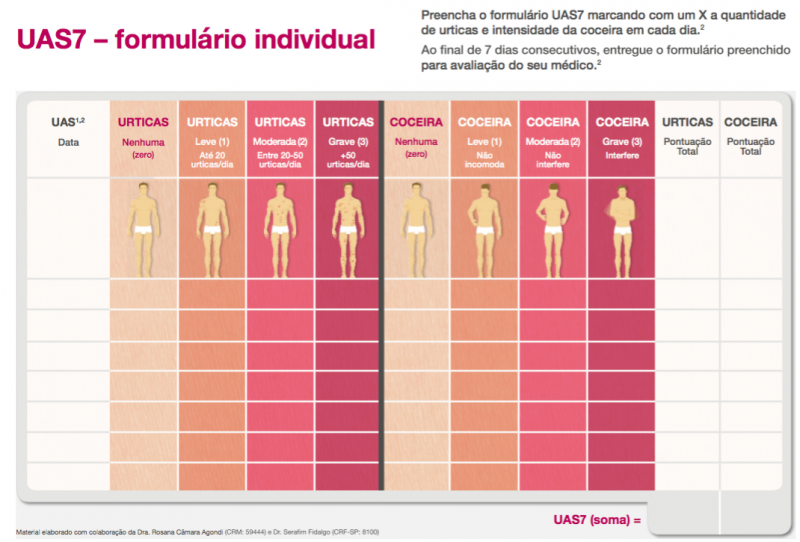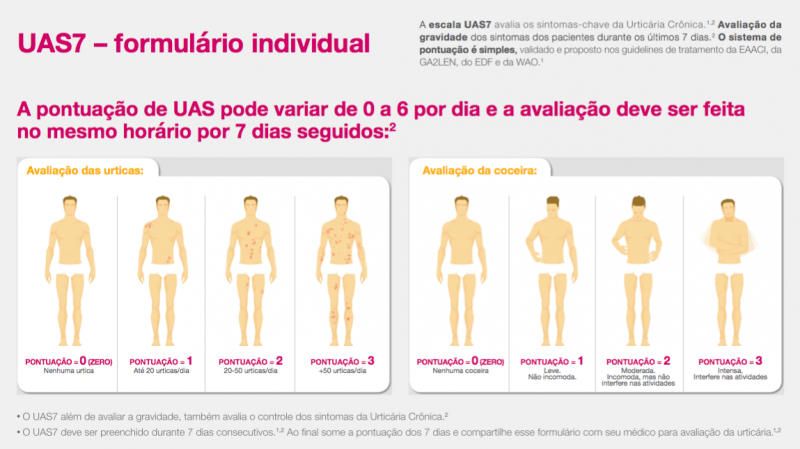Hypospadias and Penile Problems in Children Including Observation Registry
Hypospadias and Penile Problems in Children Including Observation Registry
Plain-language summary of proposal:
Hypospadias is a condition that occurs in boys where the urethral meatus, or opening where the urine comes out, is not in the typical position. The current consensus among pediatric surgeons it to repair the hypospadias surgically within the first year of life so that the boy will be able to live his life with a “normal” penis. Thus, hypospadias surgery is now one of the most common genital surgeries performed in children under 18 months of age. Recently, however, doubt has been cast on the validity of this consensus view. First, the complication rate of these surgeries is high, second, the risk of anesthesia is higher in these young children, and third, there are ethical questions regarding informed consent; i.e., the ability of a minor to consent to genital surgery for a non-life-threatening condition.
So, the question becomes: Is living life with the penile meatus not in the typical position detrimental to a child’s and/or adult’s quality of life? If it is not detrimental, then the obvious answer is that we should wait; surgery can be done when the child is older. However, it is also important to ask this question among a diverse group of people, as different ethnicities and cultural backgrounds will most likely affect how this question is answered. Certain groups of people may do better with early surgery, and others with surgery later in life. This has never been studied before.
Our hypothesis is that most hypospadias surgery is unnecessary in infants and small children, but the results will vary by ethnicity and cultural background. One of the ways we will study this hypothesis is by seeking out adults with hypospadias who have never had surgery, and see how they fared in life. Since almost all children in the past have had surgery for their hypospadias, the numbers of “non-surgically altered” hypospadias patients are quite small, so we will need to study a very large group of adult men to find these patients. The only way to recruit enough adult patients from diverse groups (to include people with different ethnicities, sexual preferences, gender identities) would be online, through electronic medical records, and with community involvement.
We will create the first registry for hypospadias in the nation, and this will be the first time watchful waiting (non-operative treatment) of genital atypia will be evaluated scientifically, and the first time a large diverse group of adult non-operated patients can be studied.
Full proposal:
Mild penile disorders, such as distal hypospadias and its variants, are common and occur in approximately 1% of boys. More severe penile disorders, such as differences of sex development (DSD), are less common, but both hypospadias and DSD can have profound impacts on a child’s quality of life. Most of these children receive surgery at a young age, usually before 18 months of age. Hypospadias and chordee surgery are some of the most common genital surgeries performed in children under 18 months of age. However, there is currently very little evidence that infant genital surgery has a beneficial effect in the long term. In the short term, surgery can create external genitalia that conform to parental and societal perceptions of what is considered normal, which is why the surgery is so common, but these perceived benefits can come at a cost to the child. There are some data that performing surgery early in life may have lower complication rates, but conversely, there are also data that show no difference in the complication rates between early and late surgery. However, there is a significant complication rate for early surgery, even for mild forms of childhood hypospadias; the complication rate has been reported to be up to 10%, and many of these patients may require more than one operation, and possibly have long term sequelae even into adulthood, including psychosexual sequelae. There are also new concerns about short term memory loss associated with general anesthesia in the first two years of life, and additionally, concerns about informed consent are arising that question the ability of the parents to make decisions regarding their child’s genitalia.
Our hypothesis is that most of these surgeries are unnecessary in infants and small children, and children will have a normal quality of life (QOL) without surgery, and possibly an improved QOL, since the complication rate for penile surgery in infants is up to 10%. There are two ways to test this hypothesis: one is to offer select children non-surgical treatment at their first clinic appointment and then follow them prospectively through adulthood; the second is to find adults who have never had penile surgery for their atypical genitalia and see how they fared in life. It is the second method that this proposal is most interested in, since this adult cohort can be identified and recruited online, or by reviewing EHR’s. In fact, since DSD’s are a rare disorder, the only way to recruit enough adult patients from diverse groups (to include people with different ethnicities, sexual preferences, gender identities, ages, and different forms of DSD’s) would be online.
We propose creating the first ever registry that includes non-operated patients with penile disorders (Hypospadias and Penile Problems in Children Including Observation Registry - HAPPIOR). We will follow the patients prospectively giving us the ability to perform observational comparative studies as the data comes in. The HAPPIOR study will recruit new patients through urology clinics as the patients arrive, but more importantly, we will be able to develop a large diverse cohort by also recruiting patients utilizing electronic means such as EHR extraction, on-line social media and dedicated web sites, including community involvement. Community involvement will be essential for not only recruitment, but for helping us to be certain that our approach is sensitive to that specific community.
HAPPIOR will be the first registry for hypospadias and other penile anomalies in the nation, and the first time watchful waiting (non-operative treatment) of genital atypia will be able to be evaluated in a prospective fashion, and the first time a large diverse cohort of adult non-operated patients can be studied. Because of the potential for this study to change the timing of genital surgery – i.e., allowing the patient and not just the parent to participate in the decision-making process, we have the support of the Accord Alliance, a major patient advocacy group for children and adults with disorders of sex development (DSD) and an important advocacy group in the DSD community.
This proposal addresses both aspects of the Diverse eCohort Research mission: developing a large cohort that can only be accomplished with online support, and creating that cohort so that it is diverse. Diversity is essential in this type of research as different population groups (and sub-groups) have very different pre-conceived notions of what constitutes “normal” male genitalia. For example, it is the authors experience that certain population groups are much more comfortable with the penile meatus being somewhat proximal, or of foreskin abnormalities, than those of other populations. We will plan to recruit Spanish speaking patients to help study this hypothesis among that population, and we will also study other ethnicities. We will also study variations in sub-groups among the different populations, such as sexual preference, gender identity, religious values, age, and others.
In the first year, this registry will initially include only patients seen and recruited by UCSF faculty, however, the goal is to eventually expand the registry to include other centers, and to develop a global initiative as well. This current proposal, if chosen, would be used a pilot study for a larger NIH grant proposal used to extend the time period and the cohort. A previous pilot study by the author was able to recruit 52 men with untreated penile anomalies by using a simple Facebook advertisement, so the author anticipates with a robust web presence, community involvement, and EHR extraction, this number can be increased to over 1000 in the first year. Preliminary results would be able to be used immediately to show that non-surgical treatment is an option in these patients, and this information will be disseminated to the DSD community through advocacy groups such as the Accord Alliance. In addition, the results will be shared with legislators to help them develop government proposals regarding genital surgery in children (there is a current non-binding resolution in California to ban genital surgery in children, and we would be proactive in making sure the legislatures base their final decisions on sound science).
Recruitment will be twofold. We will recruit existing UCSF urology clinic patients into the HAPPIOR registry as they come in to clinic. Additional patients will be recruited by electronic means (EHR extraction, Web). This will be accomplished utilizing a UCSF online research platform per the eCohort proposal. Local patients discovered by electronic means will be invited to the urology clinic for a routine patient appointment where data will be collected (including digital photography in patients under 2 years old), deidentified, and placed in the registry. For non-local patients, data will be collected online, deidentified, and placed in the registry. Inclusion criteria are any self-identifying male with hypospadias, chordee, megameatus, micropenis, bifid scrotum, penoscrotal transposition, or DSD.
Appraisal tools will be based on age and include, but not be limited to: The Penile Perception Score (PPS) (the PPS for adults and the PPPS for children and parents), the Sexual Health Inventory for Men (SHIM), the International Prostate Symptom Score (IPPS), and the Multidimensional Sexual Self Concept Questionnaire (MSSCQ). QOL will be measured using more broad-based measures (e.g., The Multigroup Ethnic Identity Measure, the Index of Race Related Stress--Brief Version, and the World Health Organization Quality of Life--Brief Version) so as to control for the differences seen in QOL in different racial/ethnic populations.
Routine physical examination with measurements, and 3D digital photography in children under two years old, will also be performed in those patients seen in clinic.
This study has already been submitted to the UCSF IRB and has passed through the preliminary review phase and is awaiting final approval. Our research team is self-supporting, i.e., not requiring salary support or direct funding from this opportunity. However, if selected, after the one-year period of in-kind support, we will plan to keep the project active indefinitely, initially with internal funding (from the PI’s Medical Project fund) for one additional year. After the first 2 years, we anticipate having convincing preliminary results and plan to extend the database to multiple institutions and locations utilizing external funding.
If chosen, this study will facilitate discovery of specific phenotype/outcome associations and measured versus perceived characteristics of genital anatomy in a large diverse cohort. This project will act as a basis for a future long-term registry and will lead to observational studies that will finally determine the necessity and efficacy of early genital surgery in children.
Commenting is closed.






